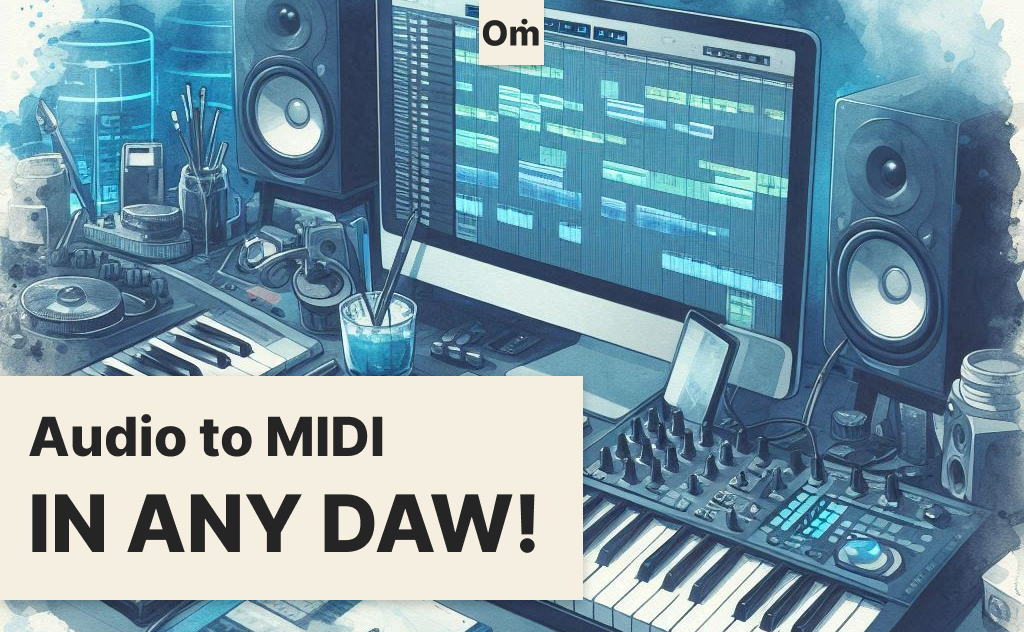Converting audio files to midi information can be an incredibly useful tool for your audio production sessions. You can use this technique to extract rhythmic or melodic content from an audio sample that you can then edit or repurpose. For example, you could extract the notation from a vocal hook, rearrange it and apply that […]








